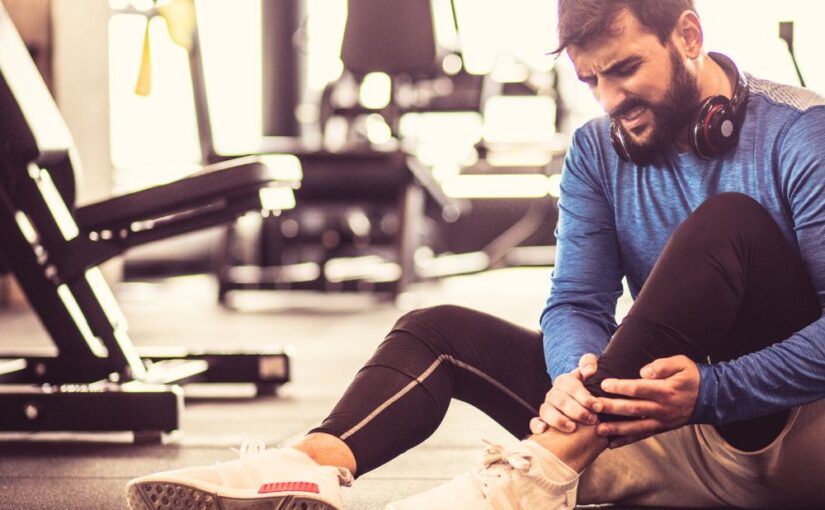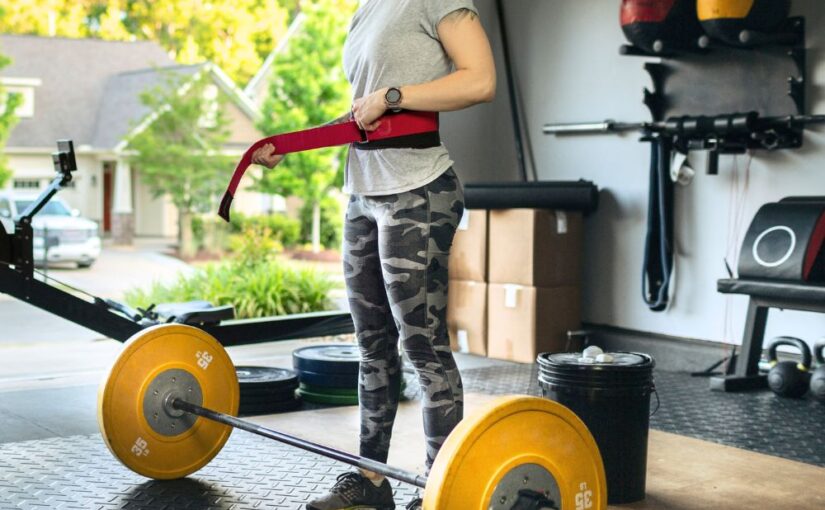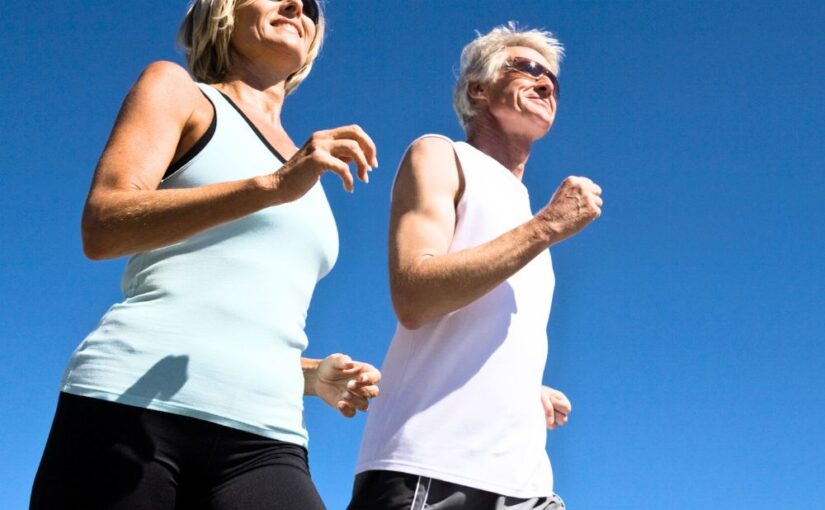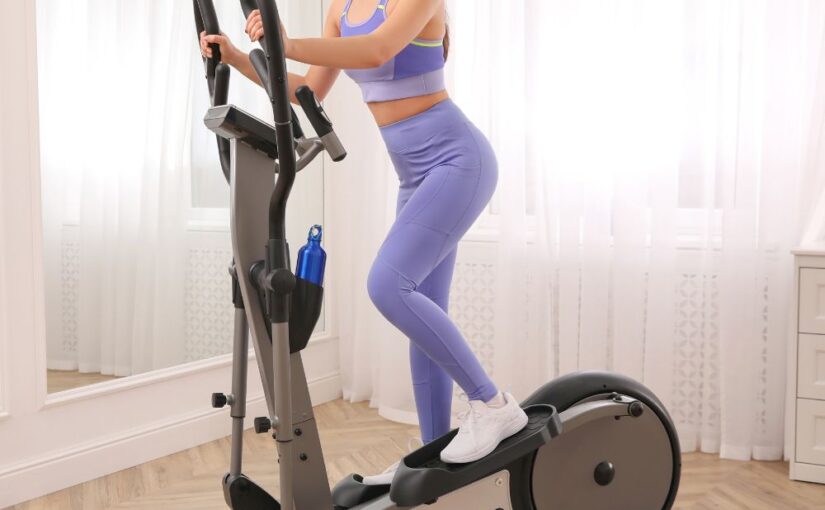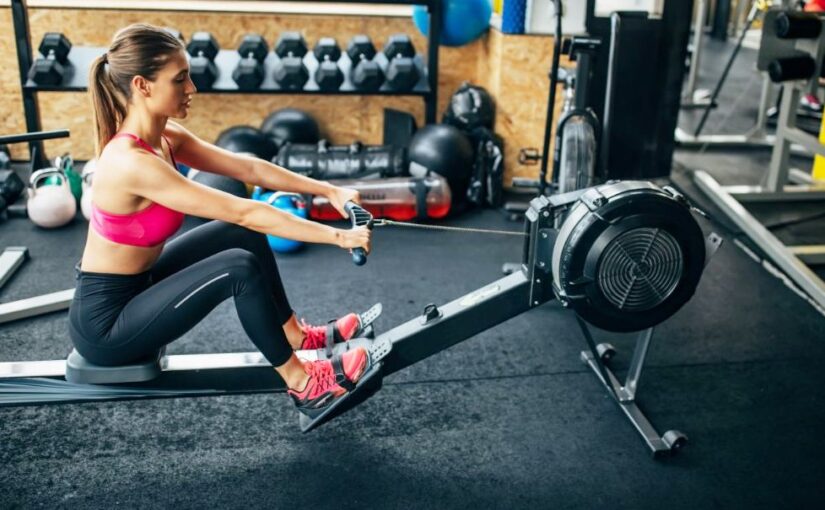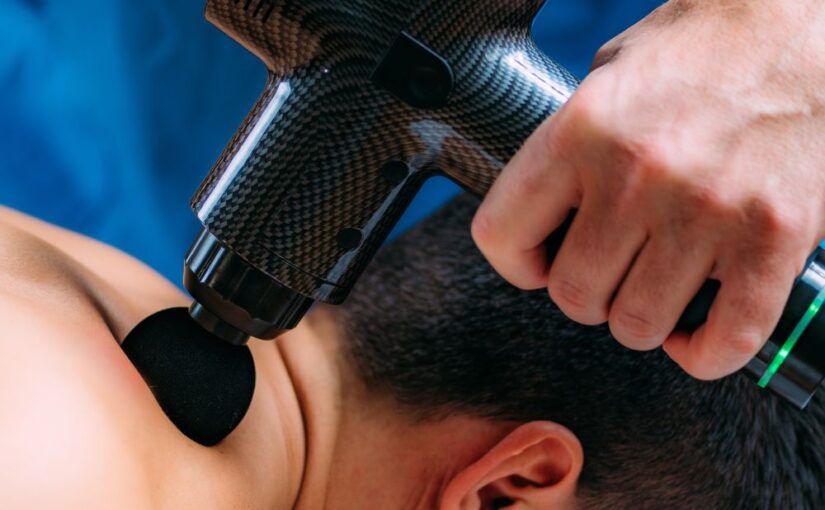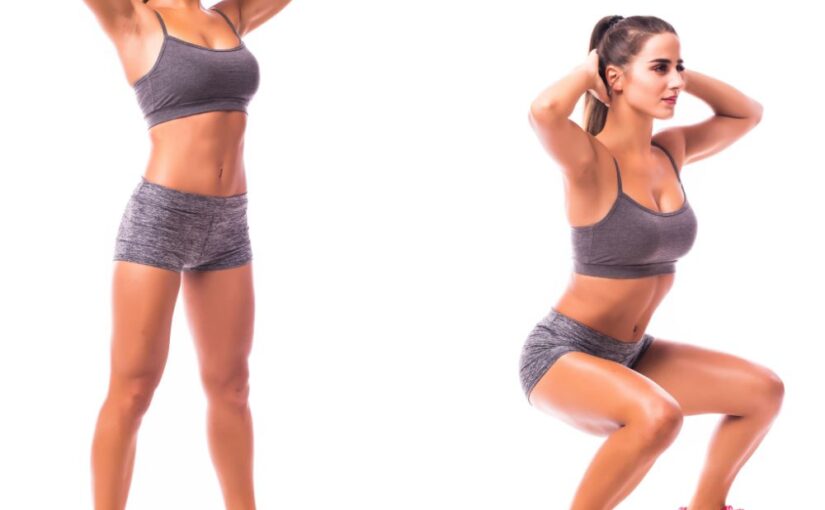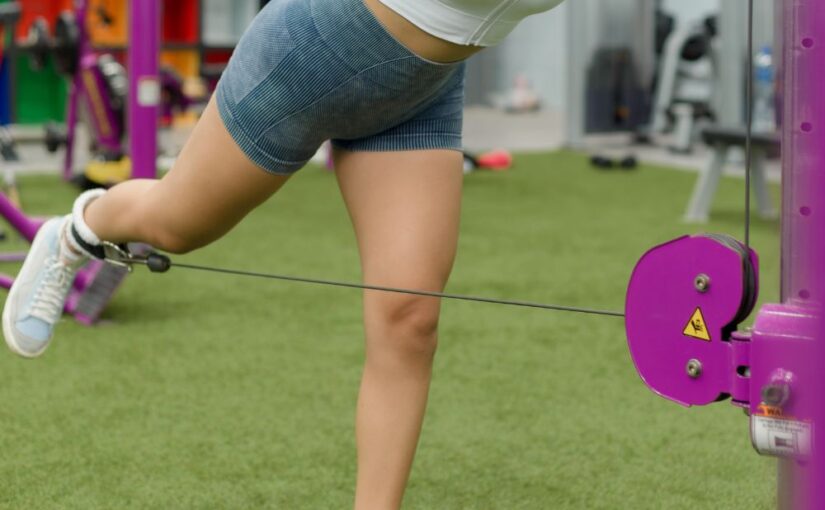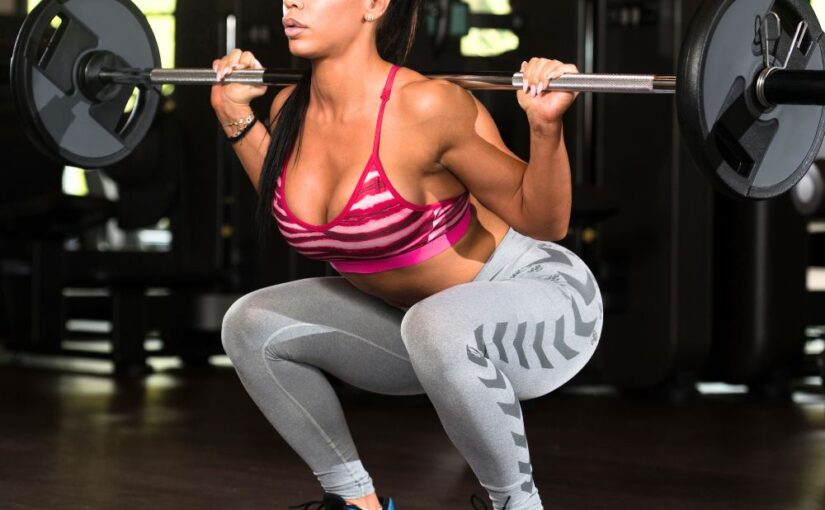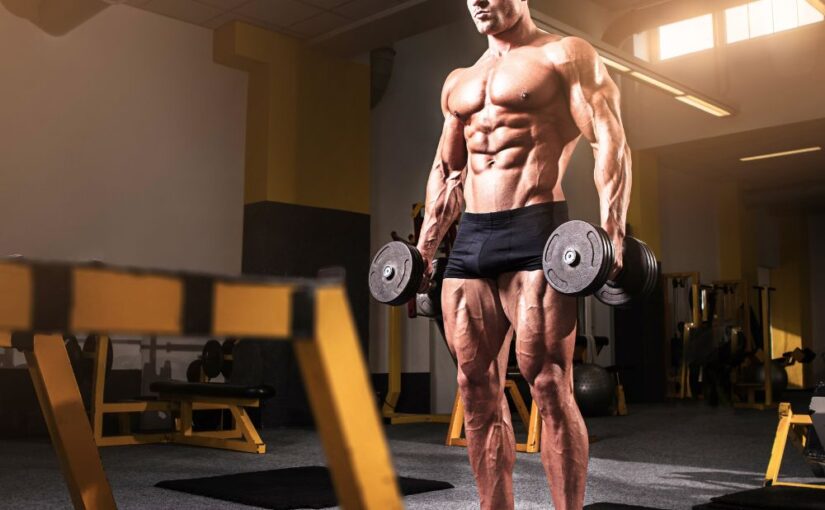Rowing machines have gained popularity in gyms and home fitness spaces due to the benefits of using a rowing machine for exercise. This versatile equipment offers a total-body workout that boosts heart health, builds strength, and supports overall fitness. However, like any exercise equipment, rowing machines also come with a few considerations to keep in mind. In this article, we’ll explore the benefits of using a rowing machine for exercise, along with key considerations and potential downsides.
Full-Body Workout
One of the key benefits of using a rowing machine for exercise is its ability to work several muscle groups at once.
Rowing works your:
- Legs: The drive phase primarily utilizes your quadriceps, hamstrings, and calves.
- Core: Your abdominal muscles help stabilize your body and maintain proper form.
- Back: The pulling motion engages the latissimus dorsi and rhomboids.
- Arms: Biceps and triceps are actively involved during the stroke.
This comprehensive engagement makes rowing an efficient way to strengthen various muscle groups in one workout.
Cardiovascular Fitness
Rowing is an excellent cardiovascular exercise that can elevate your heart rate and improve endurance. One of the standout benefits of using a rowing machine for exercise is its ability to improve cardiovascular health by increasing aerobic capacity and supporting effective calorie burn.
- Increasing Aerobic Capacity: Helps your body utilize oxygen more efficiently.
- Burning Calories: Can burn a significant number of calories, making it effective for weight management.
- Improving Heart Health: Consistent cardiovascular workouts can lower blood pressure and improve circulation.
Low Impact
Another key advantage of rowing is its low-impact nature, making it accessible for all fitness levels and gentle on the joints.
Great for:
- Injury Rehabilitation: Allows individuals recovering from injuries to maintain fitness without aggravating joint pain.
- Older Adults: Offers a safe way to stay active without putting excessive strain on the body.
Builds Strength and Muscle Tone
Rowing machines provide resistance training that can help build muscle and improve tone. The adjustable resistance settings on many machines allow users to increase the intensity of their workouts, making it easy to challenge themselves as they progress.
Improves Posture
Using a rowing machine can help improve your posture by strengthening the muscles in your back and core. Good posture is crucial for overall body alignment and can reduce the risk of back pain and other musculoskeletal issues.
Mental Health Benefits of Using a Rowing Machine for Exercise
In addition to physical benefits, one of the overlooked benefits of using a rowing machine for exercise is its positive impact on mental well-being, helping to reduce stress and boost mood.
Participating in regular exercise has been shown to:
- Reduce Stress and Anxiety: The rhythmic nature of rowing can be meditative, helping to clear your mind.
- Boost Mood: Endorphins released during exercise can enhance your overall sense of well-being.
- Improve Focus: Regular workouts can sharpen your concentration and cognitive function.
Together with its physical perks, this mental boost makes rowing a powerful tool for holistic health.
Versatile and Convenient
Rowing machines support a variety of workout styles, making them incredibly versatile. These include:
- Steady-State Rowing: Maintaining a consistent pace for endurance training.
- Interval Training: Alternating between high-intensity bursts and recovery periods to maximize calorie burn and cardiovascular benefits.
- Rehabilitation Workouts: Gentle rowing for recovery without overexertion.
Additionally, rowing machines are compact and can easily fit into home gyms, making them a convenient option for those who prefer to work out at home.
Key Considerations
While the benefits of rowing machines are significant, there are some important considerations to keep in mind:
1. Proper Form
To avoid injury and maximize benefits, maintaining proper form while rowing is crucial. Poor technique can lead to strain on the back and joints. Consider working with a trainer or following instructional videos to learn the correct rowing mechanics.
2. Start Slow
If you’re new to rowing, it’s advisable to start slow and gradually increase intensity and duration. This approach helps your body adapt and reduces the risk of soreness or injury.
3. Equipment Quality
Invest in a high-quality rowing machine that suits your fitness level and goals. Different machines have varying resistance types (air, water, magnetic), and each offers a different experience.
4. Listen to Your Body
Be mindful of how your body responds during and after workouts. If you experience pain (beyond typical muscle soreness), it may indicate that you need to adjust your technique or take a break.
5. Balanced Routine
While rowing is an excellent workout, it’s important to incorporate other forms of exercise into your routine. Combining rowing with strength training, flexibility exercises, and other cardio can provide a well-rounded fitness regimen.
Potential Drawbacks
While rowing machines offer numerous benefits, they also come with some potential drawbacks:
1. Risk of Injury
If proper form is not maintained, rowing can lead to injuries, particularly in the lower back, shoulders, and knees. Users must be cautious and prioritize technique to minimize this risk.
2. Limited Lower Body Engagement
Although rowing provides a full-body workout, some users may find that it emphasizes upper body strength more than lower body strength compared to other exercises like squats or leg presses.
3. Monotony
Some individuals may find rowing repetitive or monotonous, which can make it difficult to stay motivated over time. Mixing up workouts or incorporating music and videos can help alleviate boredom.
4. Learning Curve
For beginners, mastering the technique can take time, which may be frustrating. It’s essential to invest time in learning proper form to fully enjoy the benefits.
TL;DR: Rowing machines provide a total-body, joint-friendly workout that boosts heart health, increases strength, and supports mental wellness. They’re adaptable, easy to use at home, and great for beginners and seasoned athletes alike. To stay safe and see the best results, focus on good technique and be aware of possible limitations.
Conclusion
Incorporating a rowing machine into your fitness routine lets you enjoy the full range of benefits of using a rowing machine for exercise—from improved cardiovascular health and muscle strength to better posture and mental well-being. To get the most out of your workouts, focus on proper form, start gradually, and listen to your body to avoid injury. By understanding the potential drawbacks and planning accordingly, you can enjoy a safe, effective, and rewarding workout. With the right approach, a rowing machine can be a powerful and enjoyable tool to help you reach your fitness goals.
Frequently Asked Questions (FAQ)
What Are the Main Benefits of Using a Rowing Machine for Exercise? Rowing machines provide a full-body, low-impact workout that improves cardiovascular health, builds strength, boosts endurance, and supports mental well-being.
Is a Rowing Machine Good for Weight Loss? Yes, one of the key benefits of using a rowing machine for exercise is its ability to burn calories efficiently, making it great for weight loss.
Can Beginners Enjoy the Benefits of Using a Rowing Machine for Exercise? Absolutely. Rowing machines are adjustable and user-friendly, making them suitable for all fitness levels, including beginners.
How Often Should I Use a Rowing Machine to See Results? To enjoy the benefits of using a rowing machine for exercise, aim for 20–30 minutes, 3–5 times a week, depending on your fitness goals.
Are There Any Mental Health Benefits of Using a Rowing Machine for Exercise? Yes, regular rowing can reduce stress, boost mood, and improve focus—making it great for both physical and mental well-being.
Make the Most of Your Workouts with a Rowing Machine
Ready to bring a rowing machine into your home gym? Check out these resistance-based options to fully experience the benefits of using one.
Great for a seamless rowing experience, where resistance builds naturally the harder you row.
Replicates real-life rowing, delivering the soothing sounds and sensations of water, perfect for those wanting an authentic experience.
Offers a quiet, consistent rowing session with adjustable resistance levels—perfect for apartment or shared spaces.
Compact and budget-friendly. Great for beginners or anyone working with limited space.
Affiliate Disclaimer:
The above links are affiliate links. If you purchase through these links, we may earn a small commission at no additional cost to you.

